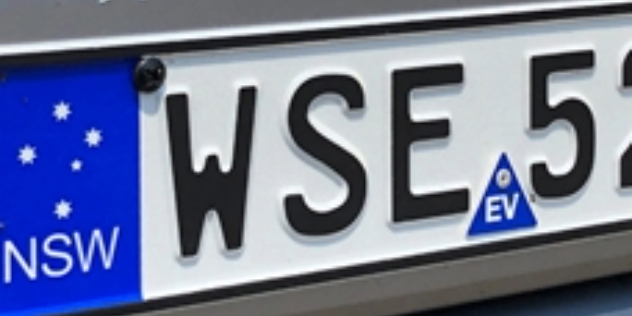
As electric vehicle uptake increases in Australia, so do questions about how they differ to traditional cars. One of these is: "Can an electric vehicle be towed?"
The short answer is yes, but with caveats. Towing an electric vehicle is a bit different to towing a traditional internal combustion engine vehicle, because it has a battery-powered drivetrain.
When a vehicle needs to be towed, the NRMA has thorough processes in places, but how does Roadside Assistance tow an electric vehicle?
Watch our demo to see why the NRMA is leading the charge to safely tow an electric vehicle, investing in specialised equipment avoiding any damage.
Flat towing, also known as "dinghy towing," involves towing a vehicle with all four wheels on the ground. This method is not recommended for electric vehicles.
This is because when an electric vehicle (EV) is powered down, but its wheels are turning (as they would be while being towed behind a vehicle), its regenerative braking system can still recharge the battery and may cause harm.
Always consult the vehicle's manual or manufacturer to understand the recommended towing methods.
— The NRMA
If you find yourself needing to tow an EV, the safest method is usually by putting it on a flatbed truck. This method ensures that all four wheels are off the ground, preventing any unintended electrical generation.
In situations where an EV tow is required, it’s also important to use dolly wheels when putting it on the flat bed to ensure there is no damage to the drivetrain.
If your EV has been in an accident, Fire and Rescue NSW advises that people stand at least 30 metres away from the vehicle and warn passers-by.
Emergency responders will check the number plate of your vehicle to see if it has the EV warning label. If your EV doesn’t have one, you can contact your state’s motor authority for one.
EV battery fires are very uncommon – just seven have occurred in Australia to date in 2023 - but when they do occur, they are typically related to damage to the battery pack.
If your EV needs a tow after a road collision, it’s best to ask your insurer to organise a tow. Make sure that the tow truck driver is aware the car is an electric vehicle.
Tow truck drivers and other workers dealing with an electric car collision can read more on the NSW Safework website.

Yes, the NRMA is tailoring its roadside assistance for electric cars, to ensure everybody on the road gets the right help, when they need it.
Electric cars do share common issues with other powertrains, and the NRMA is often called out to help with things like flat tyres or 12-volt battery problems.
But even though they have fewer moving parts, EV owners still require a tow from time to time.
Because they have a different drivetrain that includes a battery and features like regenerative braking, NRMA Roadside Assistance recognises that EVs do have some specific towing considerations.
If the EV needs a tow, NRMA Roadside Assistance is working to ensure a flatbed tow truck with dolly wheels will be dispatched as standard practice, to ensure safe and appropriate handling of the vehicle.

In some cases, yes. The NRMA already has trucks with mobile EV chargers in Sydney and Canberra. We are also looking at expanding our fleet of trucks with mobile EV charging solutions.
If the NRMA can’t provide a mobile EV charge on the go, Roadside Assistance will tow you to the nearest EV charging station (dependent on your membership entitlements.)